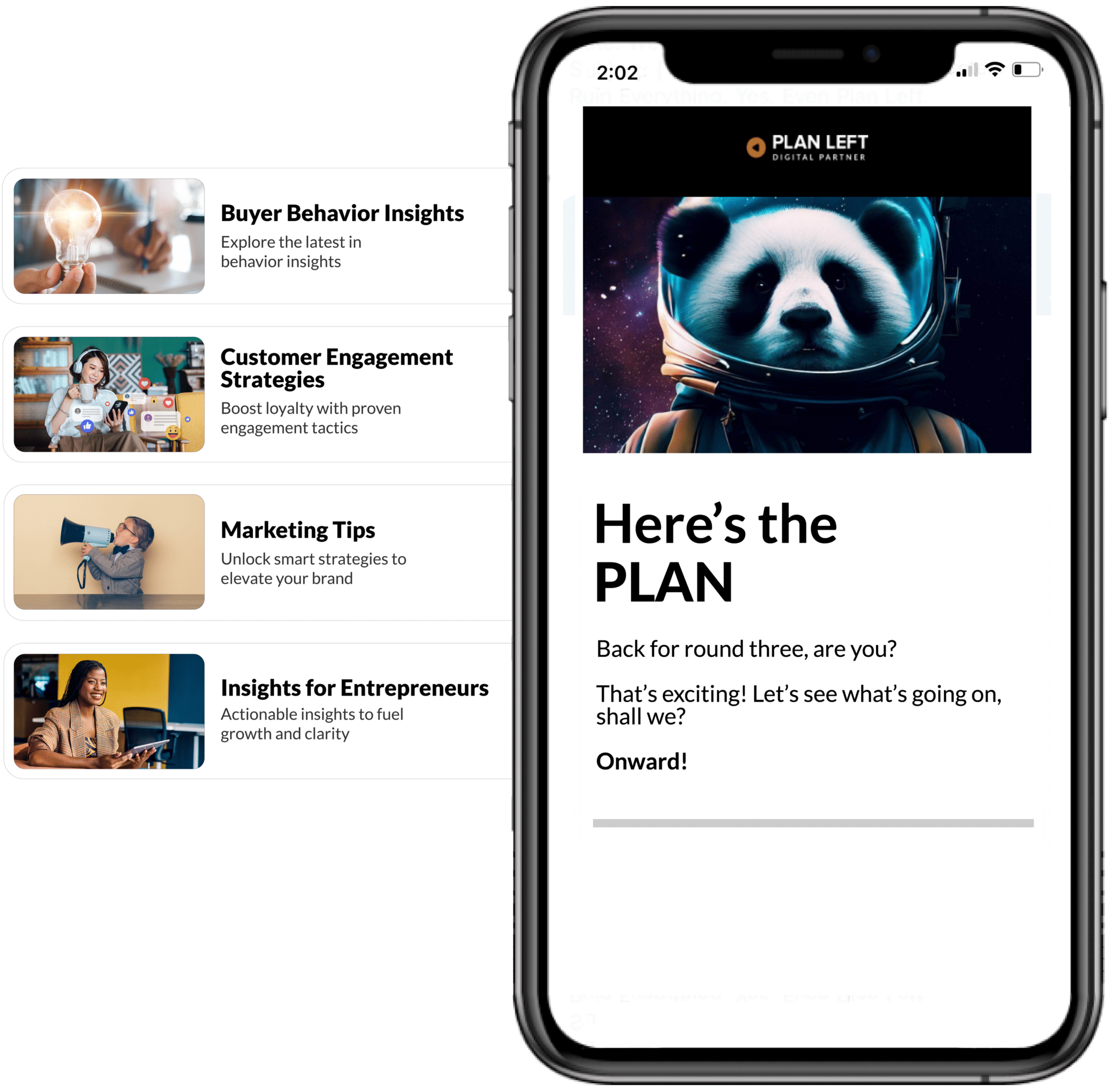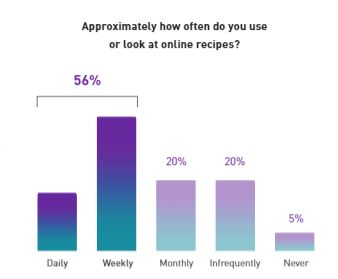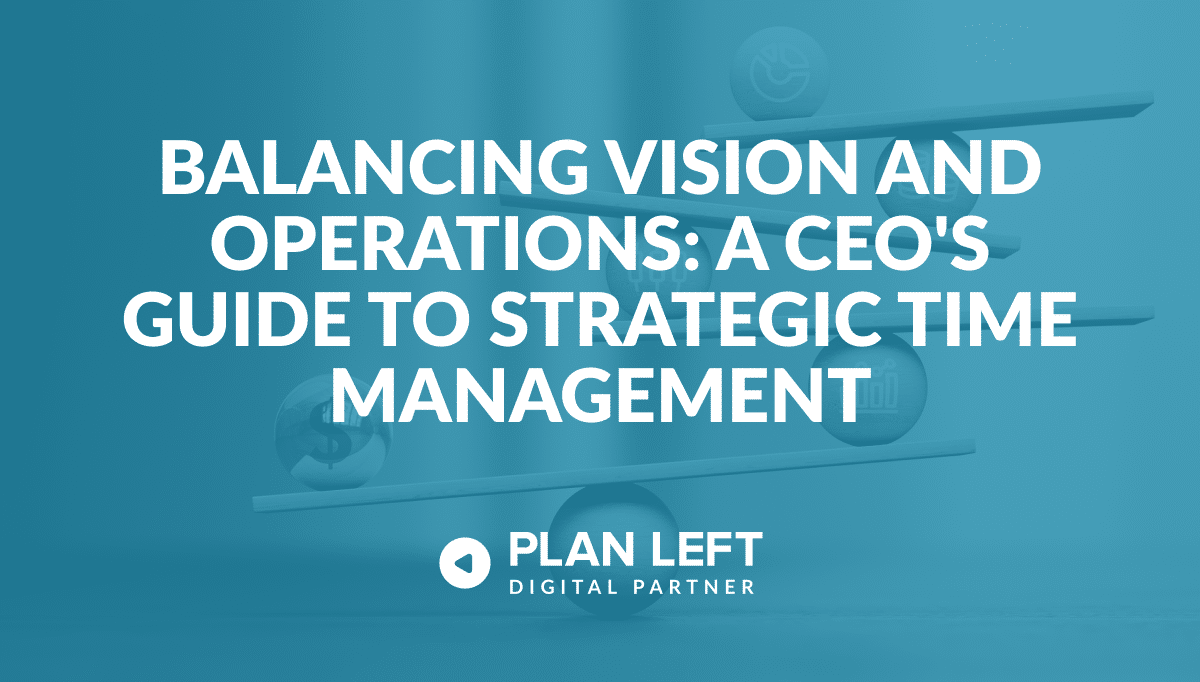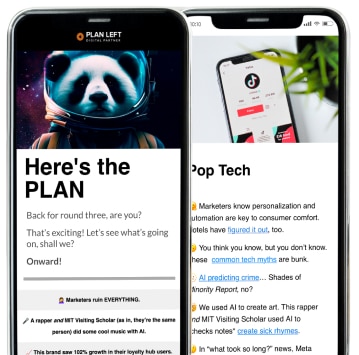
Crafting recipe content that rises to the top of search engine rankings isn’t as simple as putting together a list of ingredients and an outline of cooking steps. It’s about creating a culinary experience with the right mix of relevance, quality, and user experience to make you stand out among the more than 50,000 food blogs published monthly. Driving brand awareness and boosting the visibility of your food and beverage website starts with knowing your target audience, building web pages that align with search guidelines, and creating content that is helpful for your users.
Understanding Recipe Content Ranking Factors
The feeder pages, the collection pages, or more plainly, the pages that list all the recipe blogs and showcase all the yummy items, driving users (and their appetites) to click and learn about Great-Great Aunt Glenda’s famous recipe, cannot have recipe structured data. Structured data is a powerful tool, but if used incorrectly, it will cause your website to lose rank instead of the boost you’re looking for. Google has clear documentation about the use of recipe structured data, and if you use it on collection pages, your website could be penalized.
With approximately 88% of Americans using online recipes and 56% accessing them weekly, losing website rank opportunities due to inappropriate use of structured data is not a risk worth taking.
Structuring Recipe Content for Success
What about the actual recipe content pages? Just as with all other content on the internet, your recipe pages should offer helpful content for the user. This means considering the ‘why’—why is the user on your website? For the recipe.
Yes, Aunt Glenda’s story is amazing, and your connection to the recipe is beautiful, but put the recipe front and center on your website. Let the user navigate their journey through the content, but give them what they want first.
In addition to where the recipe is on the page, consider the following:
- Make sure the ingredients list is easily visible to users.
- Present cooking instructions in a clear and concise step-by-step format.
- Use bullet points or numbered lists to break down the process
- Pro Tip – For SEO, use bullet points as your default unless you are numbering steps or processes, then use numerical lists.
- Put the background information about the recipe at the end of the webpage to increase the user experience.
- Share interesting facts or stories related to the dish to add depth to the content.
- Pro Tip – Use terms showcasing location, landmarks, or something that will help the recipe stand out that is true and organic to the content. For example, ‘Texas Chocolate Cake – Houston, We Have Cake’
- Use anchor text links at the top of the webpage to enable the users to skip ahead and navigate their path on their recipe journey.
- Add social share buttons to your blog content to enable easy and fast sharing.
Social Search Optimization (SSO) Strategy
With Gen Z and millennials using social media as the new Google, a robust social strategy to maximize reach and engagement cannot be ignored. 58% search for recipes, but 49% see recipes on social media. Plus, 58% of users discover new recipes through social media, when they may not even be looking for a recipe.
Optimizing only for search engines is in the past. Consider your Social Search Optimization strategy if you want to stand out and build your online presence. Start by asking yourself the following:
- Who is our target audience?
- What platforms are they using?
- What type of content do they respond the most to?
- What terms or hashtags will help improve social rank?
Short-Form Video Content
Short-form videos are the trend to leverage when generating visually engaging content.
73% of consumers prefer short-form videos. Keep videos concise and focused, highlighting key steps and ingredients to entice viewers to try recipes themselves. Remember, ‘smell-o-vision’ may not be real, but the ability to get your audience drooling is.
Additionally, you want to make sure that the video is less than 60 seconds long to be a ‘short-form video.’ YouTube, for example, will automatically categorize your video as a short-form video if it is less than 60 seconds long. Remember, ‘smell-o-vision’ may not be real, but the ability to get your audience drooling is.
Recipe SSO
Optimize your social media posts for searchability by using relevant keywords and hashtags related to your recipes. Start this process by conducting keyword research to identify trending topics and popular search queries that apply to the recipe you are blogging about.
Consider adding high-volume options to your content as well, such as:
- Origination stories that include locations, regions, famous landmarks, or other searched-for markers.
- The recipe uses specialty herbs or other ingredients that a person may search to use specifically.
- Pro tip – Special dietary needs are easy terms to add to your content and as hashtags on social posts.
- Gluten-Free
- Dairy Free
- Heart Healthy
- Diabetic friendly
- Vegetarian
When building your content, consider descriptive captions and tags to provide additional context and improve discoverability in social and voice searches. Also, add your social links to your Google My Business profile. Your social posts will now show with your business profile on the SERPs and help improve engagement and brand awareness.
Interactive Content and Polls
Engagement is everything when it comes to social media. The more you engage, the more your followers will engage. To encourage audience engagement, incorporate interactive elements such as polls, quizzes, and Q&A sessions into your social media posts. Polls can help you gauge audience preferences and better tailor your content to suit their tastes and interests.
Also, encourage video duets with your video content and ask to see who is enjoying your recipes—the successes and the failures. Feature user-generated content on your social media channels to showcase the diverse ways people are enjoying your recipes. Respond to those videos and comments and duet your social chefs right back, celebrating their wins (or fires; it’s the effort that counts… right?).
Collaborations and Influencer Partnerships
Collaborate with influencers and other content creators in the food and lifestyle industry to expand your reach and tap into new audiences. Partnering with influencers can help amplify your message and lend credibility to your brand.
Also, look for up-and-coming influencers who do mostly food and beverage content and might be open to partnering with you and showing your products while cooking a recipe from your website. Brand + Influencer + Recipe = Social Gold
Integrating Updated Recipe Structured Data
Follow Google’s guidelines for recipe structured data on your recipe pages (not the collection or feeder pages). If you are not familiar with structured data, you can still add it with a WordPress plugin like Schema Pro or the SEO plugin Rank Math.
Include key information such as the recipe name, ingredients, prep time, and cooking time.
Use JSON-LTD, microdata formats, or a plugin like RankMath that can do this for you. You will also want to update structured data for accuracy regularly.
Don’t Skip Out on Your Recipe Website Content
Developing recipe content that ranks involves structuring recipes effectively and leveraging social media search strategies. Follow best practices and use the latest SEO and Google guidelines. Capture your audience’s attention and rise to the top of search engine results with Plan Left.
Explore Latest Posts
Breaking Free from Marketing Silos: Why Community Matters for Business Growth Every entrepreneur knows the weight of making decisions alone. ... read more
December 11, 2025
A Step-By-Step Approach to Breaking Free from Generic Marketing Enterprise marketing leaders face the challenge of standing out among countless ... read more
December 9, 2025
The constant tug-of-war between strategic vision and operational demands defines the modern CEO experience. While your company's future depends on ... read more
December 4, 2025
Essential Strategies for Entrepreneurs
Get Actionable Business Insights & Marketing Tips
Our newsletter delivers real-world strategies from entrepreneurs who’ve been exactly where you are.
Sign up now for:
- Actionable growth strategies that work
- Insider tactics for attracting top talent
- Real-world case studies from successful founders
- Emerging tech trends that drive innovation
- Pragmatic marketing approaches for visionary leaders





